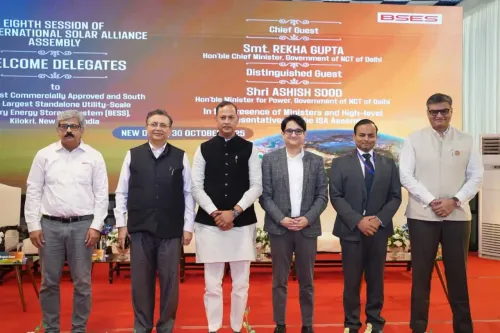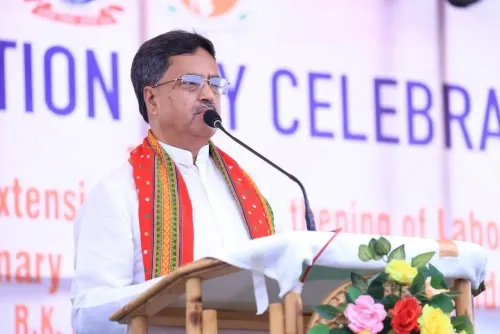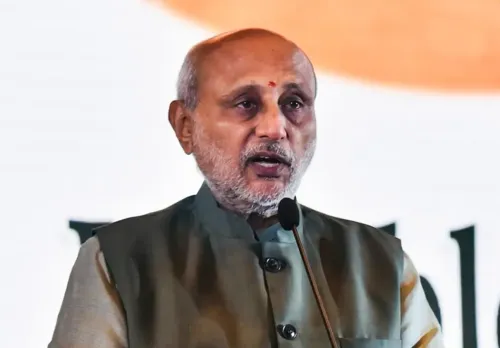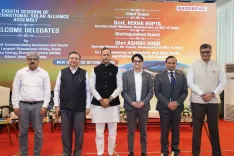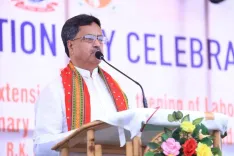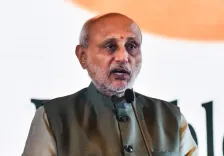What Factors Contribute to India's Copper Demand Surge of 9.3% in FY25?

Synopsis
Key Takeaways
- India's copper demand surged by 9.3% in FY25, reaching 1,878 KT.
- The building construction sector grew by 11%.
- Infrastructure projects contributed 17% to copper demand.
- Consumer durables demand increased by 19%.
- The automotive sector saw a 5% overall increase.
New Delhi, Oct 29 (NationPress) The demand for copper in India has experienced a remarkable increase of 9.3%, reaching 1,878 kilo tonnes (KT) in FY25. This surge is attributed to the robust expansion of large-scale infrastructure initiatives, construction activities, the transition to clean energy, and the rising demand for durable consumer goods that rely on copper as a fundamental component, as reported by the International Copper Association India (ICA India) on Wednesday.
In FY24, the country's copper consumption was recorded at 1,718 kilo tonnes (with 1 kilo tonne equaling 1,000 tonnes).
The building construction and infrastructure sectors were the primary drivers of this demand, showcasing impressive annual growth rates of 11% and 17% respectively.
Additionally, the renewable energy industry marked one of the highest annual capacity increases, while demand for consumer durables soared by 19%, driven by unprecedented sales of air conditioning units, fans, and various other appliances.
The automotive sector, including electric vehicles (EVs), also saw an overall increase of 5%, with two- and three-wheelers witnessing a significant 16% rise, highlighting copper's crucial role in clean mobility. The industrial motors segment grew by 12%.
According to ICA India Managing Director Mayur Karmarkar, the trajectory of copper demand in India reflects the nation’s economic and industrial progress. He emphasized that policies promoting renewable energy, sustainable transportation, and infrastructure development have significantly boosted copper demand. However, he raised a critical question: Is the current growth rate of copper demand adequate to align with India’s long-term vision for a Developed India (Viksit Bharat) by 2047?
To secure future growth and stability, it is essential for India to strategically plan for building robust copper reserves and fortifying domestic supply chains. Karmarkar stated that accelerating copper utilization is vital for establishing functional reserves or above-ground mines until the nation achieves developed economy status.
He further noted that the role of end-user sectors such as infrastructure, clean energy, and mobility will remain pivotal, yet it is equally important to enhance domestic copper fabrication capabilities and advocate for import substitution strategies. These measures are crucial for sustaining India’s development aspirations and ensuring copper continues to be a driving force in the nation’s advancement.

